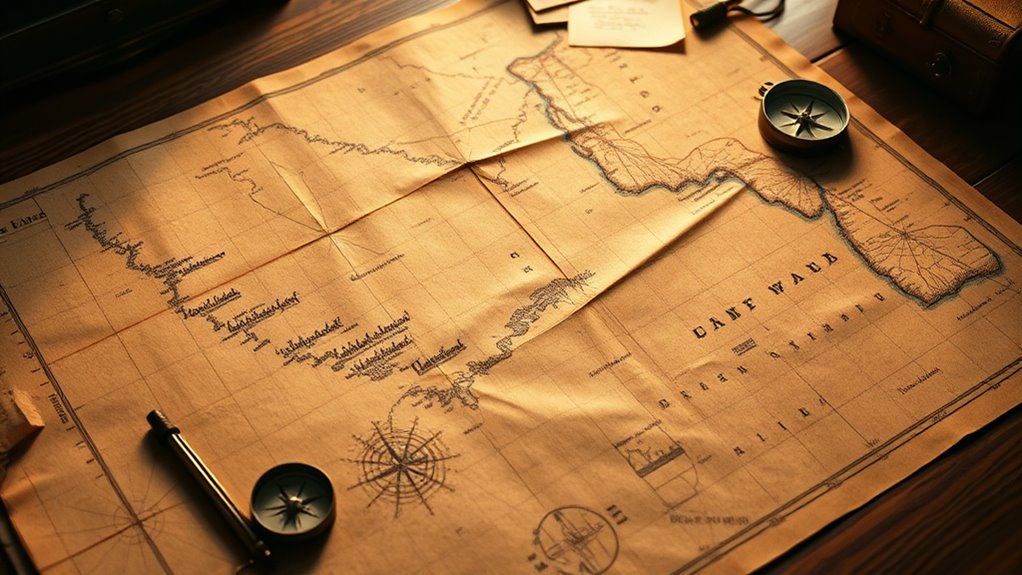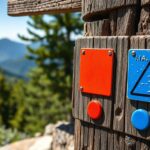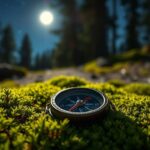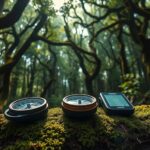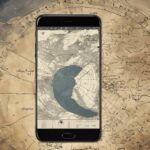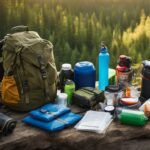Many adventurers still believe myths like maps are outdated, unnecessary, or too complicated, but these ideas can lead to dangerous mistakes. Relying solely on GPS devices or dismissing traditional skills makes you vulnerable if technology fails or you’re in remote areas. Knowing how to interpret maps and terrain features is a timeless skill that enhances safety and confidence. Keep exploring, and you’ll discover how to avoid these common cartography mistakes and navigate smarter.
Key Takeaways
- Many believe maps are outdated, but they remain essential backup tools in remote or GPS-failure scenarios.
- Overreliance on GPS devices can lead to complacency; traditional map skills are crucial for safety.
- Maps are often dismissed as complicated, but with practice, they become straightforward and improve navigation.
- Assuming maps are only useful for beginners overlooks their importance in complex, advanced navigation techniques.
- Neglecting traditional navigation skills risks dangerous situations, especially when digital tools fail or are unavailable.
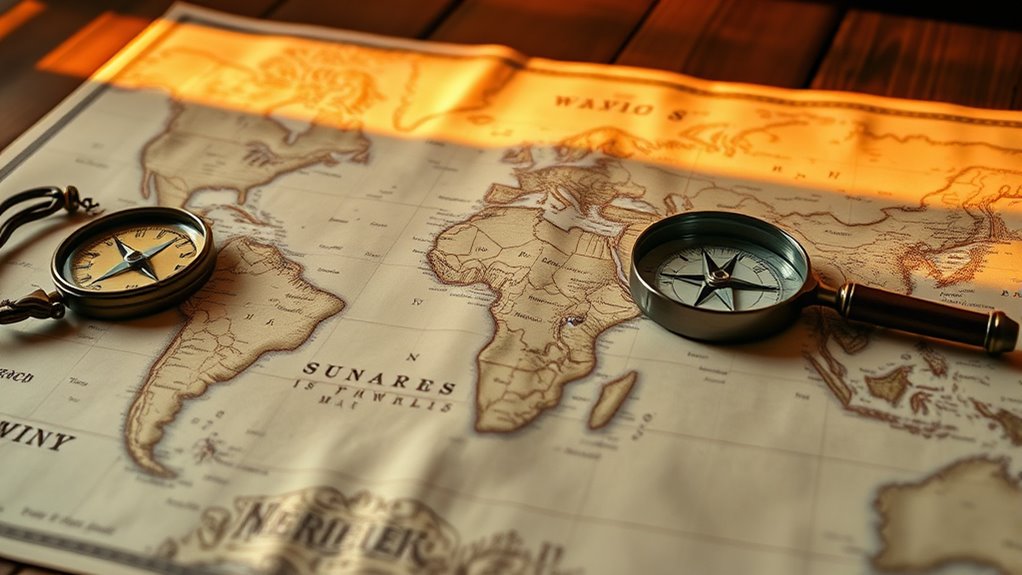
Have you ever believed that maps are outdated or unreliable? Many adventurers think so, but the truth is, proper map reading and orientation skills remain essential, even in the age of GPS. Relying solely on digital tools can leave you vulnerable if technology fails or signals drop. Mastering map reading isn’t just about understanding symbols or scales; it’s about developing a thorough sense of your surroundings and how to orient yourself confidently. Some still assume that paper maps are obsolete, but they’re a reliable backup during electronic outages or in remote areas where signals are weak. The myth that maps are complicated or difficult to interpret discourages many from honing their navigation skills, yet with a little practice, reading a map becomes second nature.
Many adventurers make the mistake of assuming that GPS is foolproof, ignoring the importance of traditional navigation techniques. Relying on a GPS device might seem easier, but it often leads to complacency. If your device runs out of batteries or malfunctions, you’re left stranded without a backup plan. Good orientation skills involve understanding terrain features, compass use, and how to interpret topographical details on a map. These skills enable you to orient yourself accurately and make informed decisions, especially when landmarks are scarce or obscured. Maps also teach you to anticipate and recognize natural features, giving you a better sense of direction than a GPS alone can provide. Additionally, understanding the contrast ratio of your projection setup can significantly improve the clarity and visibility of your navigational tools, especially in challenging lighting conditions.
Relying solely on GPS can lead to complacency; mastering terrain and map skills ensures you stay oriented when technology fails.
Another common myth is that maps are only useful for beginners. In reality, advanced navigation requires interpreting complex map details, understanding declination, and integrating multiple sources of information. Skilled map reading allows seasoned explorers to traverse unfamiliar terrain efficiently and safely. It’s a vital skill that enhances your awareness of your environment and helps you stay oriented no matter where you are. Some believe that digital maps and apps have rendered traditional skills unnecessary, but in reality, they complement each other. Combining both enhances orientation accuracy and confidence, especially when navigating challenging environments.
In short, dismissing the importance of map reading and navigation skills is a mistake. They’re timeless tools that can save you time, trouble, and potentially dangerous situations. Don’t fall for the myth that maps are outdated or that digital tools make traditional skills obsolete. Instead, invest in learning how to read and interpret maps effectively. Developing these skills ensures you’re prepared for any scenario, allowing you to navigate confidently whether you’re on a mountain trail, in dense forest, or exploring an unfamiliar city. Remember, technology can fail, but good orientation skills are always reliable.
Frequently Asked Questions
What Are the Most Common Map Reading Errors Among Beginners?
When you’re learning to read maps, you often overlook important details like map symbols and contour lines. Beginners tend to misinterpret symbols, confusing landmarks or features, which leads to navigation errors. They also struggle with contour lines, misreading elevation changes or terrain. These mistakes can cause confusion and misdirection. To improve, focus on understanding map symbols clearly and practice reading contour lines to better grasp the landscape’s topography.
How Can I Identify Outdated or Incorrect Map Data?
Imagine your map as a living puzzle, constantly changing. To spot outdated landmarks or incorrect data, check for inconsistencies through map calibration—compare it with recent satellite images or GPS data. Look for landmarks that no longer exist or have shifted. Trust your instincts if something seems off; cross-reference with updated sources. Staying vigilant helps you navigate accurately, avoiding mistakes caused by outdated information.
What Tools Help Verify Map Accuracy in Remote Areas?
To verify map accuracy in remote areas, you can use satellite imagery and GPS technology. Satellite images help you compare current terrain features with map data, spotting discrepancies. GPS devices provide real-time location tracking, confirming if your position matches the map. Combining these tools allows you to cross-check and guarantee your navigation is precise, helping you avoid mistakes and stay on course even in challenging, unmapped regions.
Are Digital Maps More Reliable Than Paper Maps?
You might wonder if digital maps are more reliable than paper maps. Digital maps often offer better digital reliability because they can be updated quickly, ensuring you get the latest information. However, paper maps don’t rely on batteries or internet, making them dependable in remote areas. Both have strengths, but the key is to use up-to-date digital maps and carry a paper backup for the best navigation safety.
How Do Map Myths Affect Modern Navigation Practices?
Think of map myths as faulty compasses, steering you off course. They distort your understanding of map projections and magnetic declination, causing you to mistrust digital or paper maps alike. These misconceptions can lead to miscalculations and navigational errors, making you rely on outdated beliefs instead of accurate data. By recognizing and correcting these myths, you sharpen your sense of direction and navigate with confidence, avoiding the pitfalls of misinformation.
Conclusion
Don’t let outdated map myths hold you back on your adventures. By understanding the truth behind common cartography mistakes, you can navigate more confidently and accurately. Some might think modern technology makes traditional map skills unnecessary, but knowing how to interpret maps still boosts your safety and independence. Embrace the facts, stay curious, and trust your navigation skills—you’re capable of exploring the world with clarity and confidence, no matter what myths you’ve heard.

